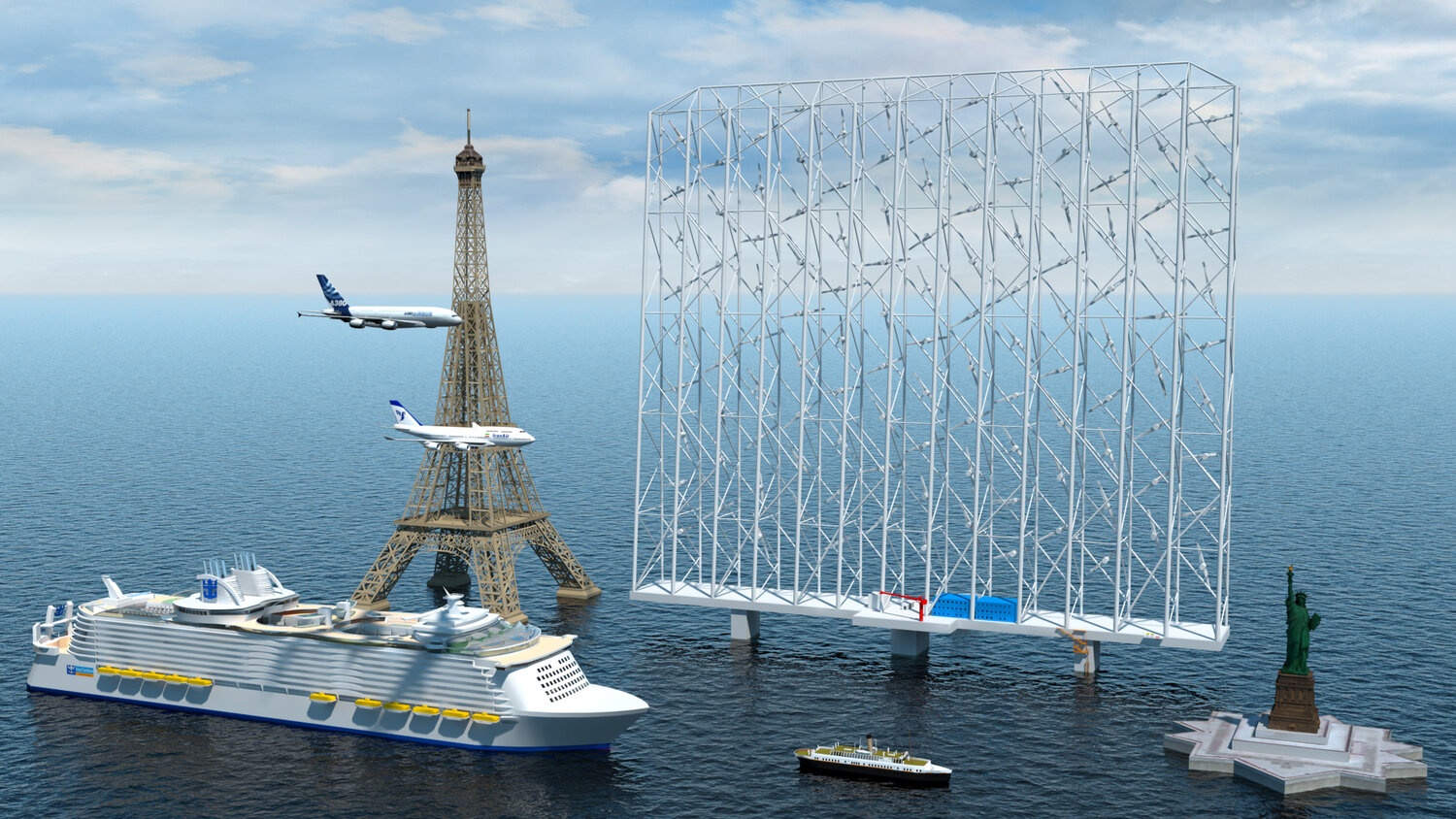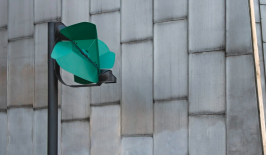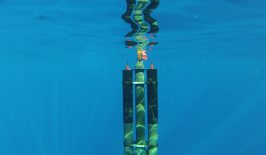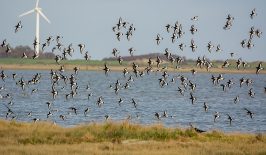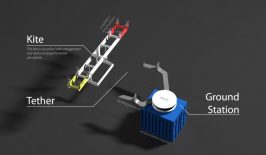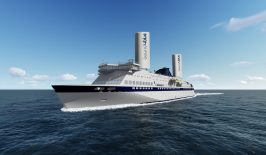Wind power certainly has the potential to become a cornerstone of a renewable energy future, but there are still hurdles it must overcome. Most significantly, is the need for consistent and appropriate winds. Often, wind farms are constructed offshore where wind is generally more available, but even this comes with issues.
Firstly, constructing offshore is far more expensive in terms of construction, transport and maintenance than land-based turbines. Secondly, the offshore winds can occasionally be too strong. At certain wind speeds, often around 40 kilometers an hour or higher, wind turbines may pitch and turn their blades or employ brakes to slow them down. In some cases, the generator may be detached from the blades to prevent overloading. This is primarily done to avoid damage to the turbine or injury to personnel, but it also means the full potential of wind power is not being realised.
Cue Norway’s Wind Catching Systems, a renewable power developer which has created a new generation of floating wind turbines. At first glance, the Wind Catcher prototype is certainly different from traditional turbines. It consists of a floating frame, around 340 metres tall, which consists of over 100 smaller turbines. The whole construction is then tethered to the seafloor using cables and construction developed in the oil and gas industry. Electricity is then sent to a “mothership” which is then exported to the land.
According to Wind Catching Systems, their use of smaller, but more numerous, turbines gives their model an edge over larger, single turbine ones. The smaller turbines require less maintenance, and can be transported and constructed without the need of special heavy lifting equipment. Each Wind Catcher shoudl also a service life of 50 years, higher than the usual 30 year life of standing offshore wind turbines.
The Wind Catcher’s smaller turbines will also be able to take full advantage of high winds, and Wind Catching Systems claims a single Wind Catcher can generate over two times more electricity a year than a traditional turbine – enough to power 80,000 homes. In total, five Windcatchers could do the work of a wind farm of 25 conventional windmills.
A Windy Future?
According to Statista, there are currently around 110 grid-connected offshore wind farms across Europe, with the UK having the most at 40. Many of these are located in the North Sea, and Scotland in particular has become a poster child for the potential of wind power. In 2011, renewable power accounted for only 37 percent of Scottish electricity production, however by 2020 it has increased to 97.4 percent. Although it is narrowly shorter than the 100 percent target set in 2011, it still shows the powerful potential of renewables and wind in particular. Currently, 70 percent of this total is provided by wind power, although of the onshore variety. Offshore wind and hydropower makes up the remainder.
Ofcourse, Scotland’s famously windy weather means it is perhaps ideally located to take full advantage of wind technology, but offshore wind is spreading elsewhere. According to 4COffshore, the United States currently has 162 offshore wind farm projects in the planning stage. However, only two wind farms are currently actually operational. Regardless, since 2013, the US projects have been experimenting with the idea of floating wind farms in order to keep down initial construction costs, while a special training facility was established in New York State with the express purpose of training the next generation of offshore engineers.
